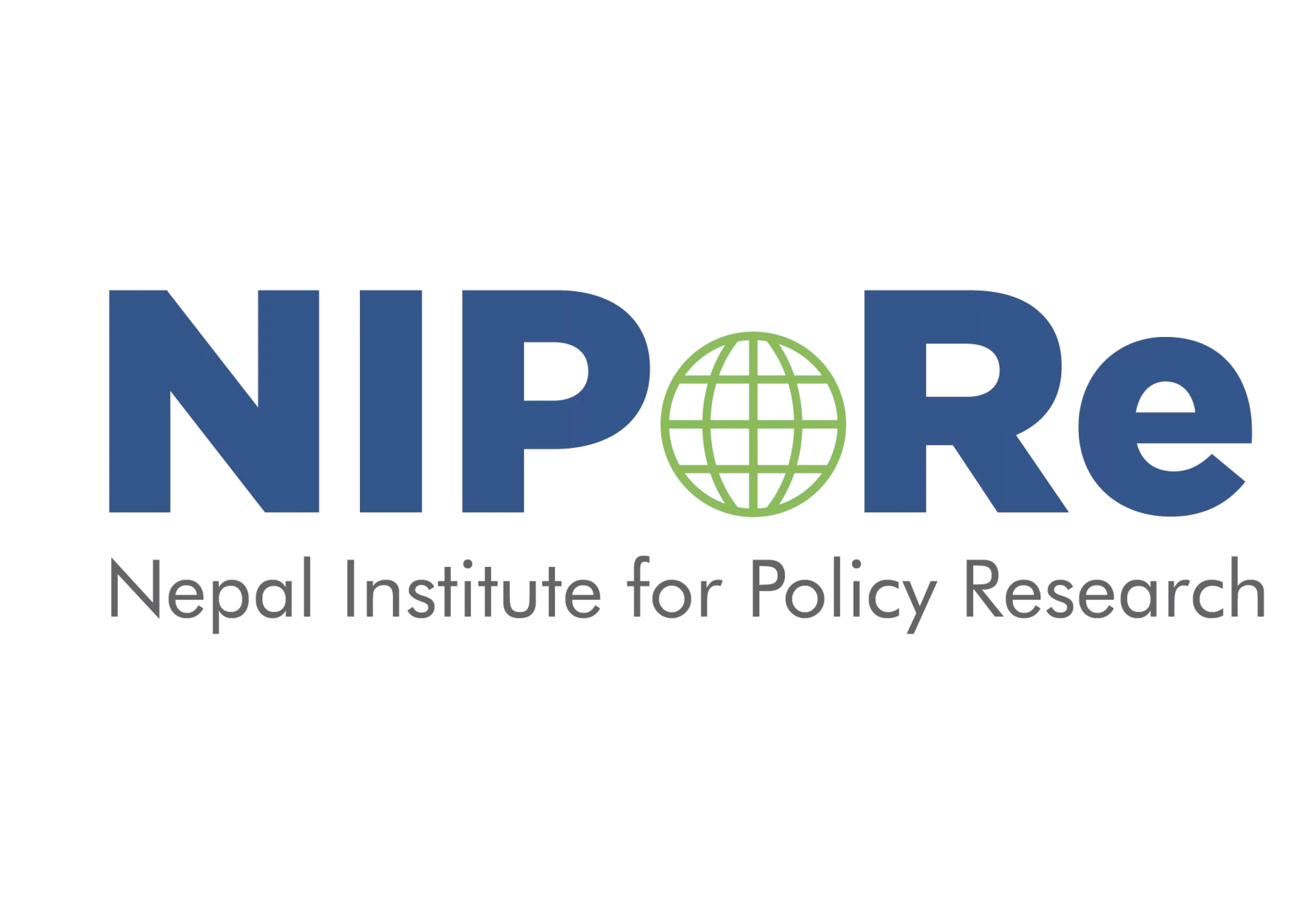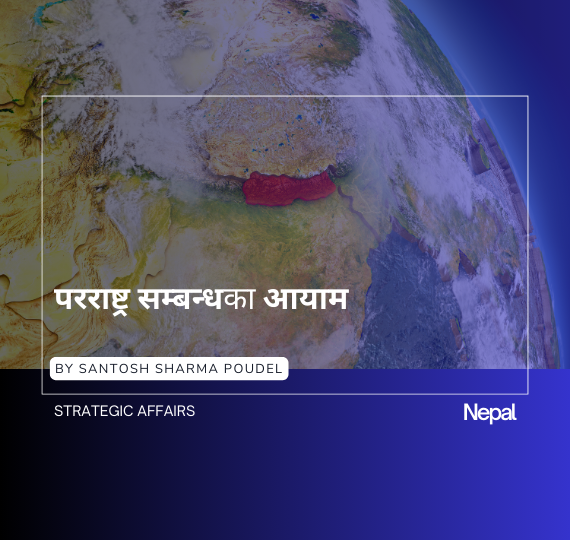The opinion piece originally appeared in the December Issue of New Business Age Magazine. Please read the original article here.
One can easily get glimpses of the informal economy while passing through the streets of Kathmandu. From street vendors to home-based workers, the informal economy accounts for economic activities that are carried out with informality. This refers to activities and enterprises that are not regulated or taxed while they also continue to lose recognition and protection. The International Labor Organisation (ILO) says that ‘the informal economy consists of activities that have market value but are not formally registered’. While this economy is a global phenomenon, it is most prevalent in Emerging Markets and Developing Economies (EMDEs). It has, on average, a 35% contribution to the Gross Domestic Product (GDP) in low and middle-income countries while the contribution is 15% in the advanced economies.
According to the World Bank (WB), 80% of the workers in South Asia are involved in informal economic activities. In this region, more than 90% of businesses are informal. The informal economy is mostly defined by its composition of low funding, low-skilled workers, irregular income, lack of social security, difficult working conditions, low level of productivity and lack of protection, to list a few. At the same time, it is also important to note that despite all the negative attributes, this economy also acts as the only safety net for people who are left out of the formal one. It is often identified as a shock absorber when making ends meet becomes impossible through the formal economy. In Nepal, according to the Central Bureau of Statistics (CBS), 62.2% of the total employed people are engaged in informal jobs. The occupations with the highest informal engagement are elementary occupations, agriculture, forestry, fishery, craft and related trade works.
Gender Composition
Women’s labour force participation continues to stay lower even today. Out of those women who are active, most are engaged in the informal economy. As per the Labour Force Survey, 90.5% of employed women in Nepal have informal jobs. A number of factors can be attributed to their large concentration such as lower educational attainment, low level of skill, and cultural restrictions. Their involvement can be found in the least visible and most vulnerable segments which continue to remain under-valued.
Women lack access to need-based benefits and face continuous safety risks. A study carried out by Centre for Social Change (CSS) found that women in the informal economy of Nepal face a disproportionate load of gender wage gap, discrimination and harassment, and even unpaid labour. The constant fear of Gender Based Violence (GBV) either puts women at continuous risk at their workspace or keeps them totally out of employment. According to a study done by CARE Nepal, 66.5% of women in informal jobs in Nepal are vulnerable to violence and exploitation. Even the existing legal provisions such as Sexual Harassment (Elimination) at Workplace Act, 2015 do not take into account the violence that happens in informal workspaces and lack specific provisions to address them.
When it comes to differences in income, 66.8% of women in informal jobs earn lower than the minimum wage standard in Nepal. This is extremely high when compared to 31.6% of men working in the informal sector. Wage discrimination persists even in formal jobs, while it is worse for those in informal engagements. What is concerning here is that women are the most discriminated-against as they receive the lowest rate of income or even remain unpaid.
Informal Economy and Covid-19
The Covid-19 pandemic, followed by its containment measures, took economies worldwide into contraction. The ILO estimates that globally 1.6 billion workers in the informal economy were hit the hardest. Due to measures such as mobility restrictions, people were confined to their homes. This meant that they faced difficulty in making livelihoods as their income increased. They also faced risk of losing their jobs. A survey conducted by the Kathmandu Metropolitan City (KMC) shows 81% of the respondents living in Kathmandu were unable to pay for their daily necessities, rent, and loans because of the sudden loss of their jobs.
Informal workers engaged in tourism, trade, construction, and manufacturing sectors bore the highest risk as they lost income and lacked protection measures. The ILO estimates that about three-quarters of the total workers in the tourism sector of Nepal are in informal jobs. Even some of those, employed in formal sectors, had to slowly shift to an informal job to make ends meet. COVID-19 further affected their mental and social well being because of the financial insecurity they faced. The pandemic has shown that vulnerability of informal workers can suddenly exacerbate as workers in informal lines of jobs lack social protection and benefits.
Transitioning from Informal to Formal
Shifting to formal standards for wage workers, home-based workers, and self-employed individuals means that they will have to comply under regulations that include both obligations and advantages. This will lead to their contribution to the tax base and GDP as they also receive access, protection and insurance. The ILO in 2015 adopted ‘Transition from the Informal to the Formal Economy Recommendation’. The objectives of ILO Recommendation 204 for the transition are i) creation of decent jobs and sustainable enterprises in formal economy, ii) transition of workers and enterprises to formal economy, and iii) prevention of informalisation of jobs. At the same time, the policy interventions needed to address the existing informality have to be context and stakeholder specific. The strategy that works for wage employees in developed countries might not always work for daily wage earners in Nepal.
However, it is important to realise that this transition is not easy and is rather a long-term process. The informal economy, despite entailing low productivity and low income, has been assisting families to supplement their income and provide a safety net. It has also been absorbing surplus labour and assisting families living on the poverty line when the formal economy excludes them. In the process, the condition of women in the economy and post-pandemic recovery has to be prioritised. It now becomes important for governments to identify how the informal economy can be assisted or decide the extent and process of their formalisation. One thing to remember is that workers need to be provided the incentive for their economic activities.




